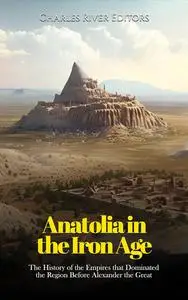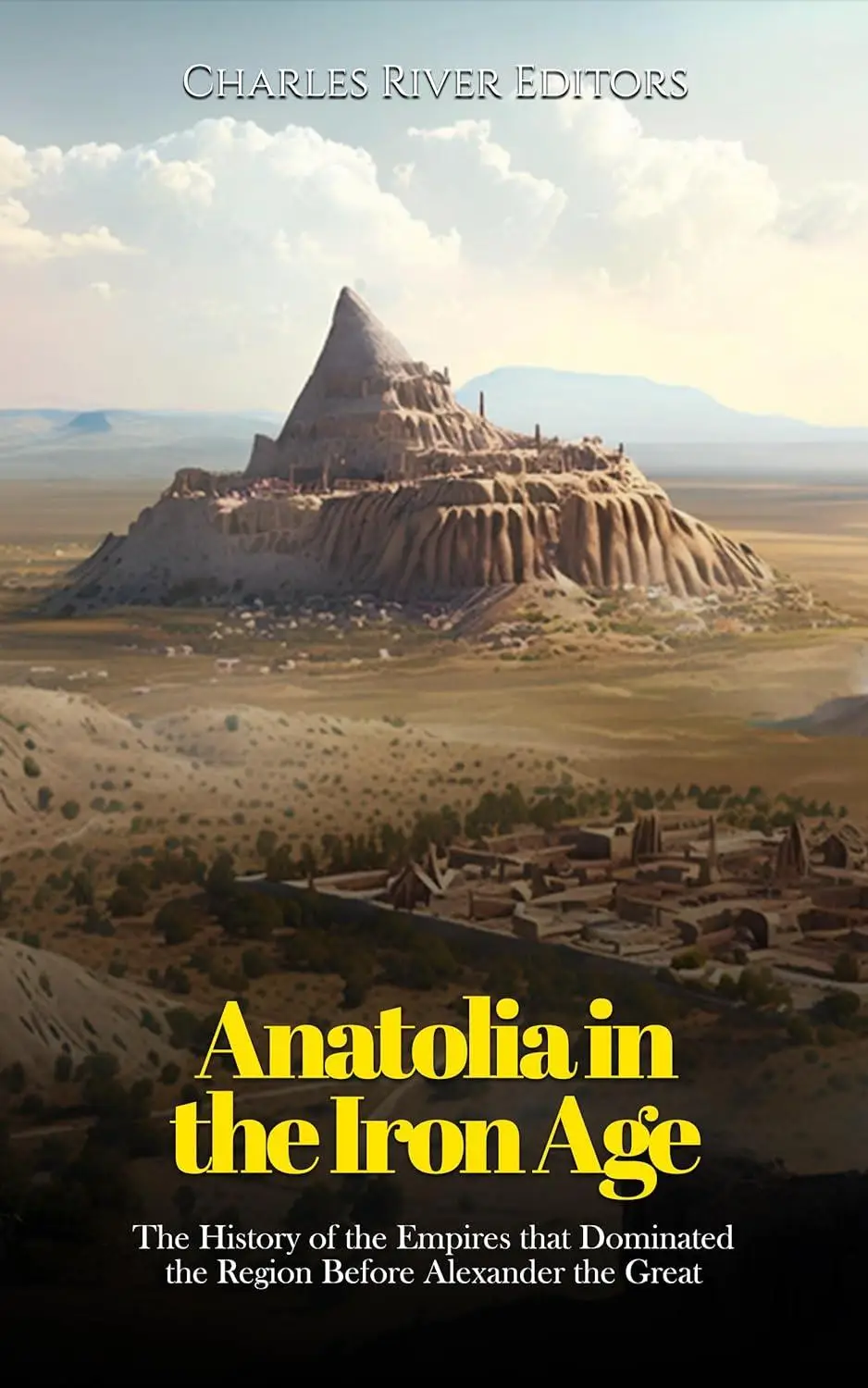Anatolia in the Iron Age: The History of the Empires that Dominated the Region Before Alexander the Great by Charles River Editors
English | December 4, 2023 | ISBN: N/A | ASIN: B0CPJYVB3M | 192 pages | EPUB | 25 Mb
English | December 4, 2023 | ISBN: N/A | ASIN: B0CPJYVB3M | 192 pages | EPUB | 25 Mb
During the Late Bronze Age, from about 1500-1200 BCE, the Near East was a time and place where great kingdoms and empires vied for land and influence, playing high stakes diplomatic games, trading, and occasionally going to war with each other in the process. The Egyptians, Hittites, Babylonians, Assyrians, and several smaller Canaanite kingdoms were all part of this system, which was one of the first true “global” systems in world history and also one of the most materially prosperous eras in antiquity.
Thus, the transition from the Bronze to the Iron Age during the late 13th and early 12th centuries BCE arguably changed the structure and course of world history more fundamentally than any period before or since, and at the center of this period of turmoil was a group of people known today as the Sea Peoples, the English translation of the name given to them by the Egyptians. Despite their prominent role in history, however, the Sea Peoples remain as mysterious as they were influential; while the Egyptians documented their presence and the wars against them, it has never been clear exactly where the Sea Peoples originated from, or what compelled them to invade various parts of the region with massive numbers. Whatever the reason, the Sea Peoples posed an existential threat to the people already living in the region.
Among all the early Iron Age people from the Near East, the Phrygians are perhaps one of the most misunderstood. They built a powerful and wealthy kingdom, but were overshadowed by their more powerful and wealthier neighbors, the Lydians. Although the Phrygians were literate, most of their surviving texts have been little use to modern historians who desire to reconstruct their chronology, so they are left to use often biased Classical and Assyrian sources. Problems concerning nomenclature have also clouded the modern understanding of Phrygia and the Phrygians; the Greeks would often refer to numerous non-Phrygian peoples as Phrygians, and while the Persians acknowledged the Phrygians as a distinct people, they only considered them so as part of a satrapy or province in the vast Achaemenid Persian Empire.
As the Phyrgians’ history suggests, few could compare with the Lydians in terms of wealth and opulence. From the early 7th century BCE until the middle of the 6th century BCE, the Lydians played an important role in the history of the eastern Mediterranean region as they took on the role of middleman between the empires of the Near East and the emerging Hellenic civilization in Greece. From their capital in Sardis, the Lydian kings traded and made alliances and war with numerous kings, tyrants, and generals, which ultimately cemented their role as a brief but historically important people and kingdom in the ancient world.
At one point in antiquity, the Achaemenid Persian Empire was the largest empire the world had ever seen, but aside from its role in the Greco-Persian Wars and its collapse at the hands of Alexander the Great, it has been mostly overlooked. When it has been studied, the historical sources have mostly been Greek, the very people the Persians sought to conquer. Needless to say, their versions were biased, and attitudes about the Persians were only exacerbated by Alexander the Great and his biographers, who maintained a fiery hatred toward Xerxes I of Persia due to his burning of Athens. The Macedonians targeted many of his building projects after their capture of Persepolis, and they pushed an even bleaker picture of the king, one of an idle, indolent, cowardly, and corrupt ruler. It was not until excavations in the region during the 20th century that many of the relics, reliefs, and clay tablets that offer so much information about Persian life could be studied for the first time. Through archaeological remains, ancient texts, and work by a new generation of historians, a picture can today be built of this remarkable civilization and their most famous leaders.



